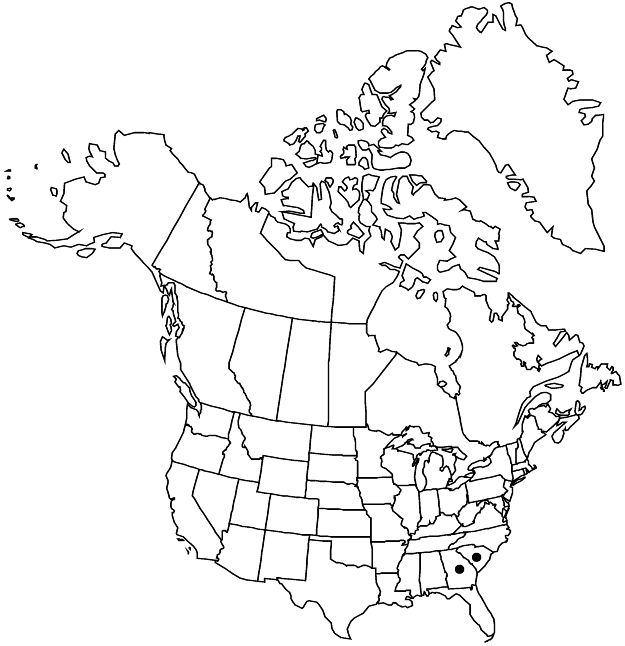Difference between revisions of "Crataegus invicta"
Biltmore Bot. Stud. 1: 37. 1901.
imported>Volume Importer |
imported>Volume Importer |
||
| Line 55: | Line 55: | ||
|publication year=1901 | |publication year=1901 | ||
|special status=Conservation concern;Endemic | |special status=Conservation concern;Endemic | ||
| − | |source xml=https:// | + | |source xml=https://bitbucket.org/aafc-mbb/fna-data-curation/src/2e0870ddd59836b60bcf96646a41e87ea5a5943a/coarse_grained_fna_xml/V9/V9_1071.xml |
|subfamily=Rosaceae subfam. Amygdaloideae | |subfamily=Rosaceae subfam. Amygdaloideae | ||
|tribe=Rosaceae tribe Gillenieae | |tribe=Rosaceae tribe Gillenieae | ||
Latest revision as of 22:53, 5 November 2020
Shrubs, 10–25 dm, branches not weeping except in larger specimens. Stems: twigs: new growth densely canescent (rapidly becoming dark underneath indumentum), 1-year old purple-brown, stiff; thorns on twigs numerous, straight, 1-year old dark purple-brown, becoming gray, fine, 3–5 cm. Leaves deciduous or semipersistent, petiole length 5–15% blade, pubescent, glandular; blade obovate-cuneate, 1.5–2 cm, stiff, subcoriaceous, base cuneate, lobes apical, sinuses shallow, obscurely so in narrower or smaller leaves, margins obscurely crenate or crenate-serrate, teeth glandular, veins 1–3 per side (exiting at or beyond widest part), apex subacute to obtuse, adaxially very glossy, surfaces (late spring to early summer) moderately crisped-hairy. Inflorescences 1- or 2(or 3)-flowered; branches very densely white-pubescent; bracteoles few, semipersistent, linear, margins glandular. Flowers 12–15 mm diam.; hypanthium ± densely pubescent; sepals narrowly triangular, margins glandular-serrate, abaxially sparsely pubescent; anther color not recorded; styles 3–5. Pomes color not recorded, ± pyriform, 6–8 mm diam., ripe fruit not recorded.
Phenology: Flowering Mar–early Apr; fruiting Jul–Aug.
Habitat: Dry sandy soil
Elevation: 0–100 m
Discussion
Of conservation concern.
Crataegus invicta is restricted to southeastern Georgia and adjacent South Carolina, where it is scarce.
Crataegus invicta is distinctive and is capable of flowering at under 1.5 m, as in the type collection. Somewhat similar to the C. cirrata form of C. egens, it differs in its relatively shorter petioles, more thorny habit, and blunter and shinier, apparently more coriaceous leaves.
Selected References
None.
